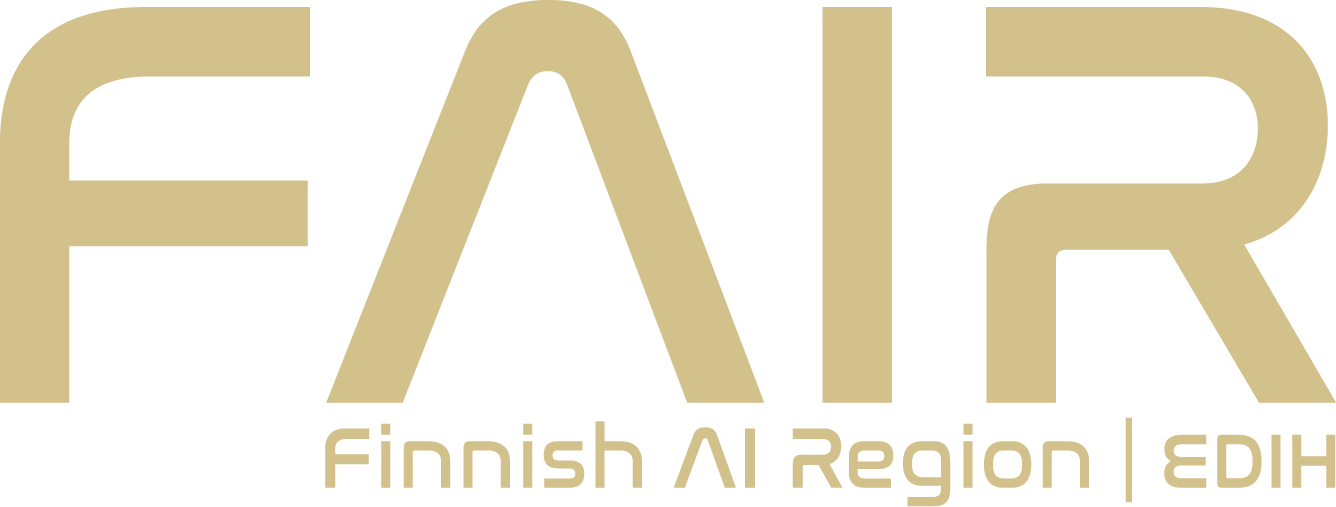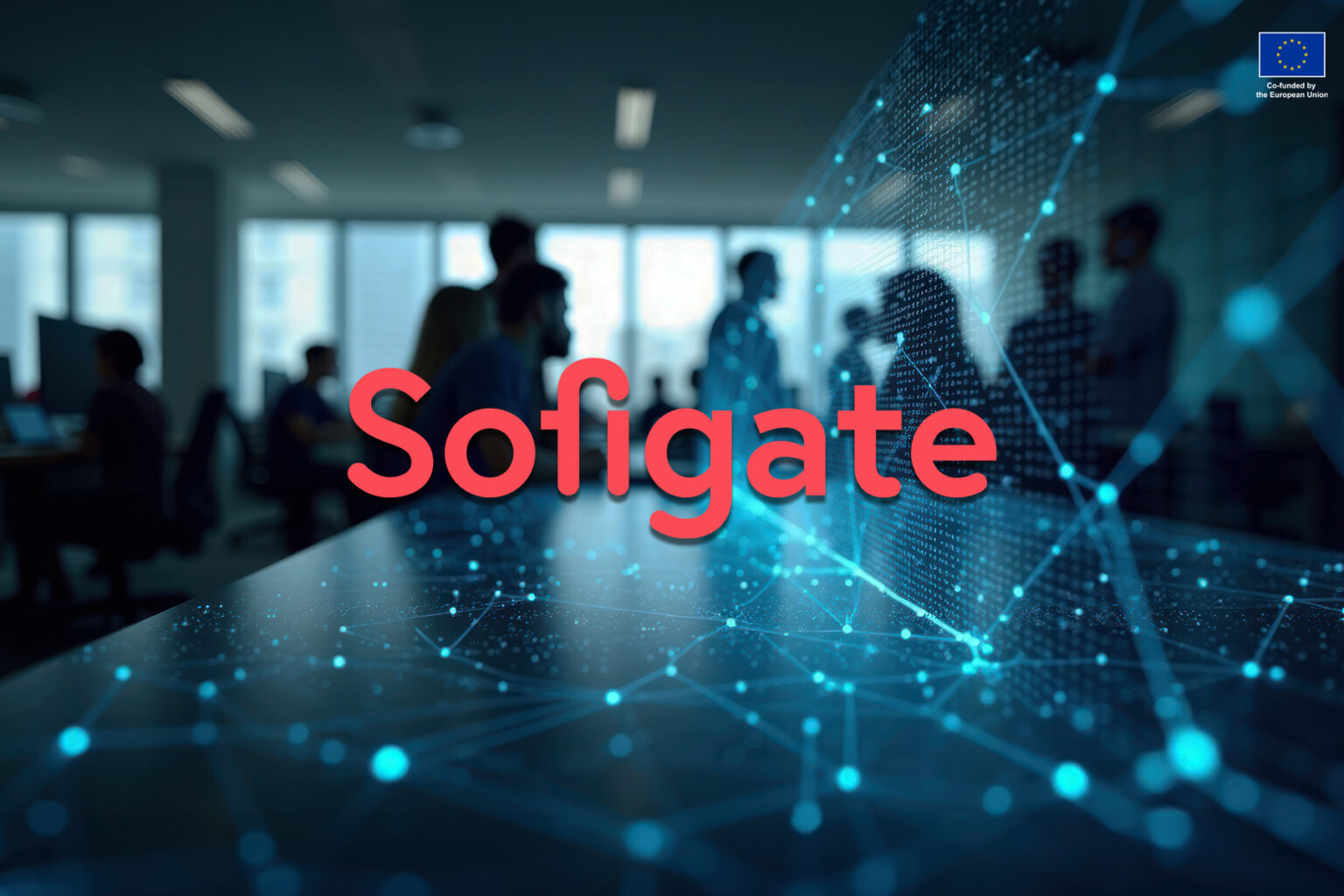

AI gives competitive edge to half of large firms, Sofigate study finds
Artificial intelligence has delivered a competitive advantage to 45% of large organisations in the Nordic region, with leading companies now deploying AI agents as a “digital workforce”, according to new research.
Text by Martti Asikainen, 12.11.2025 | Photo Adobe Stock Photos

A market study by Nordic business technology firm Sofigate reveals a stark divide emerging between organisations embracing AI transformation and those lagging behind, with the gap widening as expertise accumulates amongst frontrunners.
The research, conducted between September and October through interviews with 31 senior executives across Finland, Sweden and Denmark, shows that forerunner organisations have moved beyond small-scale pilots to fundamentally renewing their business operations with AI.
Rapid transformation in six months
The pace of change has been remarkably swift. Niina Uusi-Autti, Chief Capability Officer and Deputy CEO at Sofigate, said organisations have shifted from observation mode to genuinely harnessing AI in just six months since the company’s previous study in spring 2025.
Businesses are now leading AI initiatives from the top rather than treating them as isolated technology projects, with companies seeing tangible improvements in customer experience and operational efficiency whilst beginning to identify new opportunities for growth.
“In just six months, we’ve moved from observation mode to a time of genuinely harnessing AI. Organisations are now leading AI from the business, gaining a competitive advantage as customer experience and efficiency improve. At the same time, they are beginning to identify new opportunities. This shows a major shift in mindset,” Ms Uusi-Autti said.
However, she warned that the market has clearly divided into two distinct groups. “The market, however, has clearly split in two: the half that has gained a competitive advantage is picking up speed, and the gap to those still waiting is widening as expertise accumulates in favour of the forerunners,” she noted.
Elite group of AI-first organisations
Within the front group, the study identified an even smaller leading edge representing just 7% of all respondents who have already transformed their working methods significantly.
These pioneering organisations are setting new standards by making AI a central part of their operations and are positioning themselves as AI-first organisations that design their services and decision-making processes around artificial intelligence capabilities.
“The sharpest edge is still narrow, but it has succeeded in making AI a central part of its operations. These leaders are setting the example in building new business with AI and are on their way to becoming AI-first organisations that design their services and decision-making around artificial intelligence,” Ms Uusi-Autti explained.
Investment reaches hundreds of thousands
Investment levels in AI adoption have grown substantially across all organisations surveyed, but the scale differs dramatically between leaders and laggards.
Whilst all respondents reported investing in artificial intelligence to some degree, organisations in the front group are now spending at least several hundred thousand euros on AI adoption. These substantial investments are being directed not only towards technology infrastructure but also towards operational renewal and developing employee capabilities.
Ms Uusi-Autti suggested that as companies gather more measurable results from their AI initiatives, their confidence to invest further also grows.
“The front group is already moving towards scaling AI, which is also reflected in their level of investment. As companies gather more measurable results, their confidence to invest also grows. I strongly believe this will soon be visible in their growth figures and in improved operational efficiency, directly on the bottom line,” she said.
AI creates new business rolesusands
The research found significant changes in organisational structures, with 36% of all respondents reporting that AI had changed job roles within their organisations. Among the front group of organisations that have already gained a competitive edge through AI, this figure rose sharply to 58%.
Lassi Kurkijärvi, Executive CTO at Sofigate, emphasised that these new roles are emerging within business operations and at their interfaces with other functions, rather than being confined to IT departments as might have been expected.
“AI roles are no longer confined to IT; they are now business development roles that blend change leadership with a deep understanding of both business and technology,” Mr Kurkijärvi said.

He added that contrary to widespread concerns about job losses, AI has not made people redundant but has instead created entirely new types of work.
Digital workforce deployment
The study revealed that 61% of respondents agreed or somewhat agreed that their organisation’s accumulated technological debt no longer hinders the adoption of AI, suggesting that many firms have successfully addressed legacy system challenges.
More than half of respondents—55%—have already begun introducing AI agents capable of handling tasks independently, whilst one in ten organisations reported using more than ten such agents in production environments.
Mr Kurkijärvi described this development as the third wave of AI transformation, characterised by AI agents evolving into a digital workforce that operates alongside human employees rather than replacing them.
“We are now witnessing the third wave of AI transformation, where AI agents are evolving into a digital workforce operating alongside humans. Organisations that have the ability to renew themselves will gain a decisive lead,” Mr Kurkijärvi concluded.


Finnish AI Region
2022-2025.
Media contacts